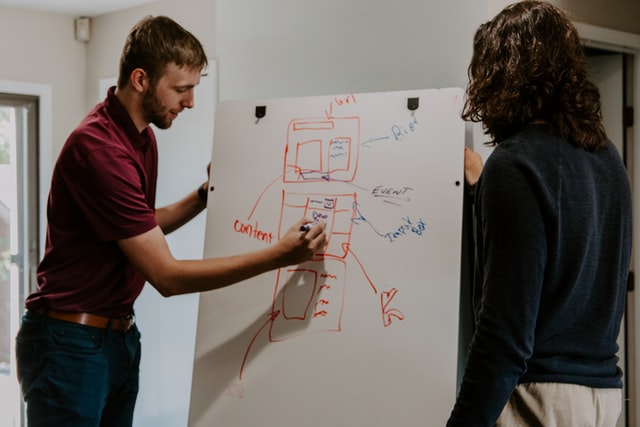
Working in large, complex codebases with significant technical debt can be daunting, especially when tasked with implementing a significant integration or feature. In this article, I will discuss a systematic approach to tackling such challenges and achieving success.
Discovery Phase
The discovery phase is a crucial step to understand the scope of the project. This stage typically involves numerous meetings and workshops with various stakeholders. It’s essential to involve team members early in the process, ensuring their understanding of the scope and fostering motivation.
- Choose the right team members: Know your team’s strengths and select those who can contribute effectively to the discovery phase.
- Be well-prepared for meetings: Familiarize yourself with the existing code and gather relevant information to facilitate productive discussions.
- Identify the MVP: Determine the minimum viable product for the initial phase of implementation.
Final Days of the Discovery Phase
Before moving on to the implementation stage, agree on approaches, diagrams, API calls, and other necessary components. Prepare rough estimates for team size, deadlines, and costs based on these decisions. Consider the agile framework needed for the team to work effectively.
The “Unclear Beginning” Phase
Once the project is approved, work with the team to create a detailed plan with stories, tasks, and steps. This will help identify potential issues and guide the implementation process.
- Create a comprehensive plan: Break down tasks and stories as much as possible, ensuring thorough coverage of the project scope.
- Prioritize code quality: Strive to produce clean, maintainable code that future developers will be proud to work with.
The “Constantly Evolving” Phase
During implementation, keep track of the project’s progress, comparing actual work with initial estimates. Regularly review code quality and ensure unit tests are part of the definition of done.
The “Approaching Completion” Phase
As the project nears completion, prioritize and address bugs and change requests. Monitor the progress closely, focusing on the quality of the code and meeting deadlines.
Conclusion
Successfully implementing large-scale integrations or features in legacy codebases requires a systematic approach and diligent planning. By identifying key phases and preparing accordingly, teams can navigate these challenges and achieve satisfying results.